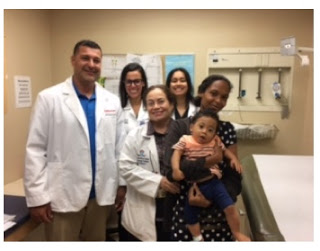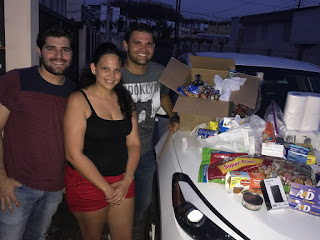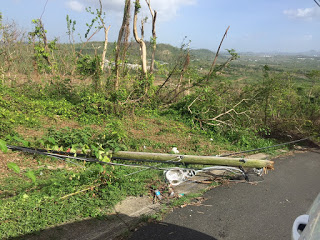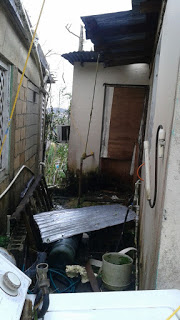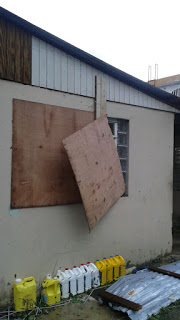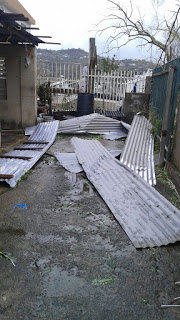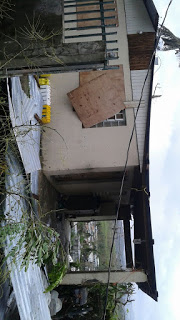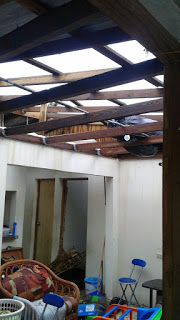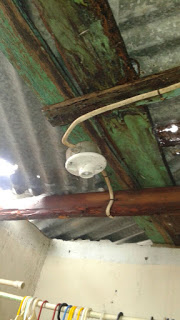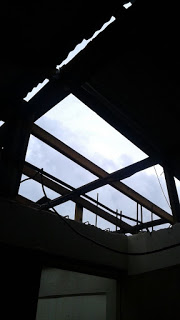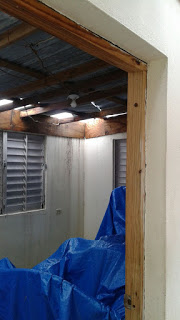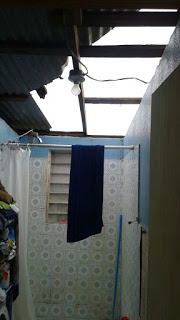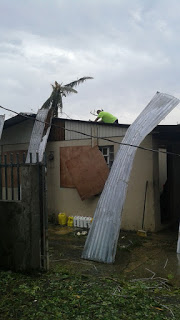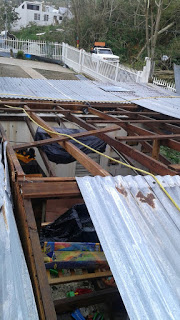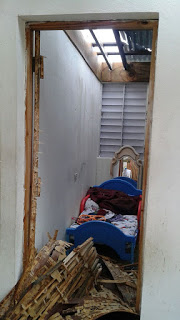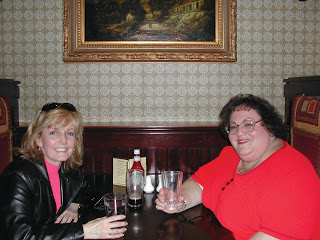Eyewitness to Destruction: Bill Patsakos in Puerto Rico
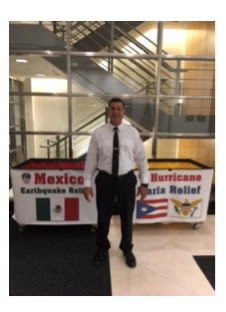
We’ve had only a few members of the hemophilia community visit Puerto Rico in the wake of
Hurricane Maria on September 20; this report is from Bill Patsakos, who was first from our community to visit from the mainland US. He is uniquely qualified to serve: he is an Army Veteran Medical Service Corp officer, a CVS Pharmacist and FDNY Lieutenant. He is also serving with FEMA, and is the father of three boys with hemophilia. Bill did not
hesitate to travel to devastated San Juan—he has family there too— and meet with Dr. Enid Rivera, pediatric hematologist and chair of hematology, at Hospital Universitario, an HTC
that serves hundreds of bleeding disorder patients. Bill is calm, efficient and deeply caring for his fellow Americans trapped in the aftermath Bill shares his eyewitness report with us: “Hurricane Maria, a powerful Category 4 hurricane with wind in excess of 150 mph ripped through Puerto Rico, drenching the island with feet of rain and devastating wind and storm
surge. The entire island endured power outages, complete loss of communications and no running water. The Governor Ricardo Rossello said, “Make no mistake; this is a humanitarian disaster involving 3.4 million US citizens.” San Juan mayor Carmen Yulin Cruz pleaded, “Help us! Without a robust and consistent help we will die.” [She has since claimed that about 900 have died, far beyond the official death toll of 51 lives as of October 20]. Many more are at risk due to disease, lack of infrastructure and access to basic necessities and medical care and medicines.
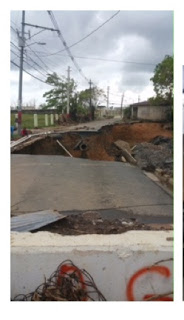
“The focus has been initially to restore power and communication capabilities to critical
facilities, firehouses, police stations and hospitals. I’ve been able to assist and coordinate medical shipments to four strategic pods located around the island and link up with medical volunteers to triage and deliver care to rural areas that are heavily affected. We’ve been able to visit patients that doctors were concerned about and deliver medications. To date we were able to collect medical supplies, surgical supplies and over the counter meds and approximately $350,000 in factor product and along with injectable drugs, refrigeration and storage. We’ve been able to assist major distributors and pharmacies in gaining assistance from FEMA for fuel and delivery logistics. We’ve communicated needs to volunteer organizations in obtaining tarps for temporary roofing and in some cases place some on roofs of residents. We have visited many hospitals and in particular Centro Medico and the medical school SJU which is the major medical institution on the island.
“There are approximately 100 patients with hemophilia and another 150 with von Willebrand disease. Click here to make a donation to help families with bleeding disorders in Puerto Rico! [Bill met with several patients to assess their needs.] “There’s Osman, a beautiful ten-month-old baby boy with hemophilia A. Maria Rodriguez Diaz, his mom, only 21, also experiences bleeds but was not diagnosed. “Osman has a newborn baby sister, who also has a bleeding disorder. Maria had to stop working as a security guard since she is frequently taking
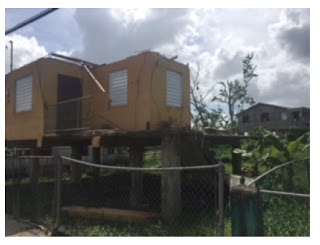
her kids to doctor’s appointments. The children’s father is currently working daily 12-hour shifts
as a security guard. During the hurricane their house was completely soaked since some of their windows didn’t resist the strong winds. All their furniture, clothes, and babies’ articles were damaged. Three weeks after the hurricane they only have water a couple of hours a day, mostly at night, and no electric power. Maria has been struggling to find access to the medication Amicar, since the pharmacies contracted with Medicaid didn’t have it available. She was very thankful that she would receive it as part of donations to the Pediatric Hospital. It’s sad how Maria says she’s ok while everything is going so badly for them.
“We also met Joanne, a 20-year-old woman who was diagnosed with severe factor 5 deficiency (a prevalence of about one in a million). We listened to her story as she was being infused with factor. She lived with her stepmother, aunt, uncle and grandma in Ponce. They were all evacuated from their home the day before the hurricane, since the house is near the beach. They lived in a refuge center for five days until they were able to return to their home. When they arrived, what they knew as their home was no more. Their house was flooded, the floor on
top of theirs, where Joanne’s cousin lived with his family, was completely destroyed. So now there are eight members of the family staying in a space of a living room/bedroom with only two beds, no water and no electric power. Joanne sleeps in one bed with her grandmother
(an open heart surgery patient, insulin dependent diabetic with asthma). They have a very small generator to keep the insulin cool, but with the gas shortage, they have to wake at 4 am to get in line to buy gas. It has been very difficult for them to be able to purchase drinking water and in their area there is almost no food available in stores. She tried to smile but she seemed very sad and hopeless.
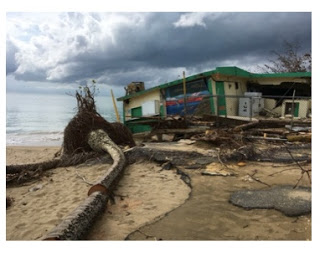
“We then traveled to see Victoria Pereira, a patient who left the Island and is currently receiving help from HFA through their Helping Hands program on the mainland. As we arrived to her address, we sadly saw that the house was completely destroyed. “The people
of Puerto Rico are strong and resilient with tremendous dignity—they are Americans forced to live in third world conditions. We must work to restore Puerto Rico’s infrastructure while
simultaneously assisting their economy and jobs or else the island will face a mass exodus to the continental U.S. To date, 40,000 people have moved to the mainland US since Maria has struck. Please donate your time and money!” Click here to make a donation to help families with hemophilia in Puerto Rico through HFA, a reputable organization that will make a direct donation to the families!
http://www.hemophiliafed.org/donate/together-we-care-disaster-relief-efforts/
